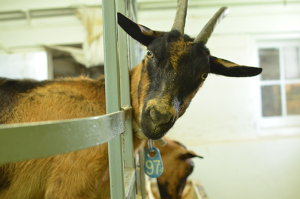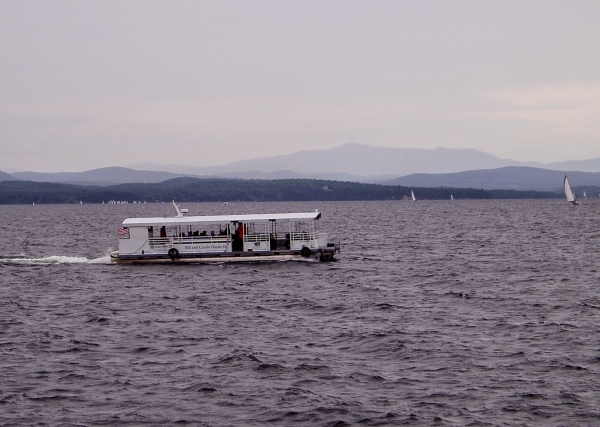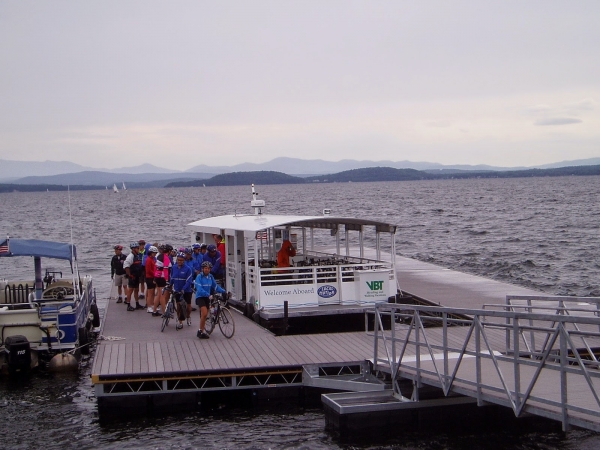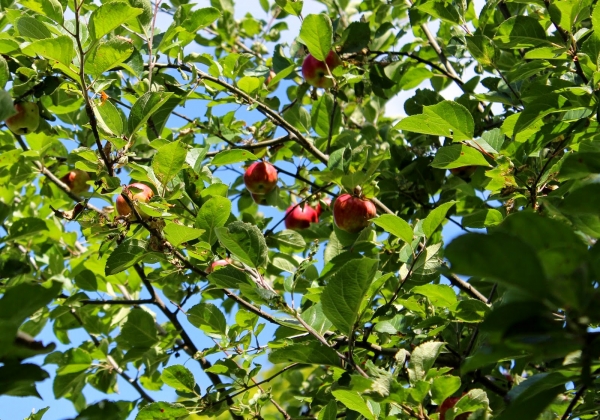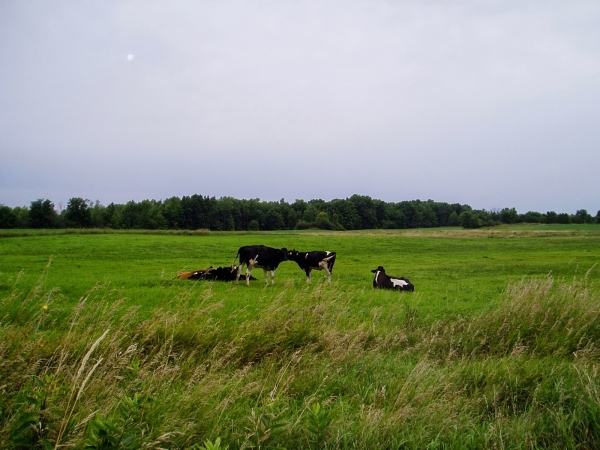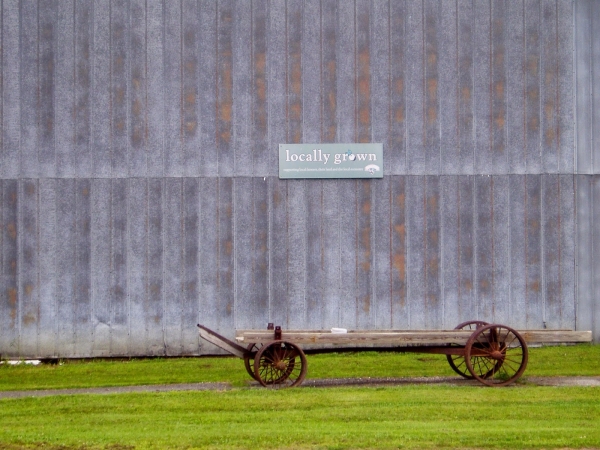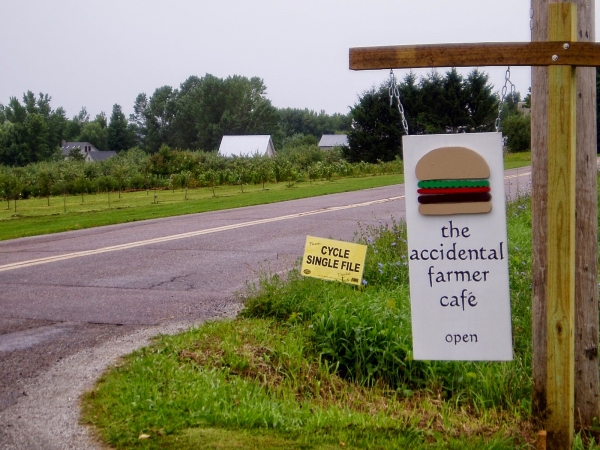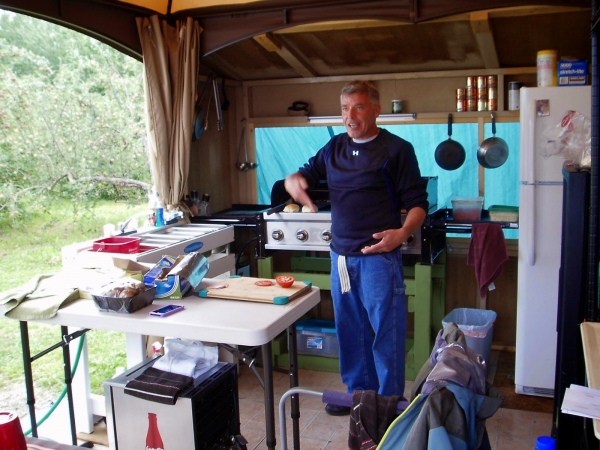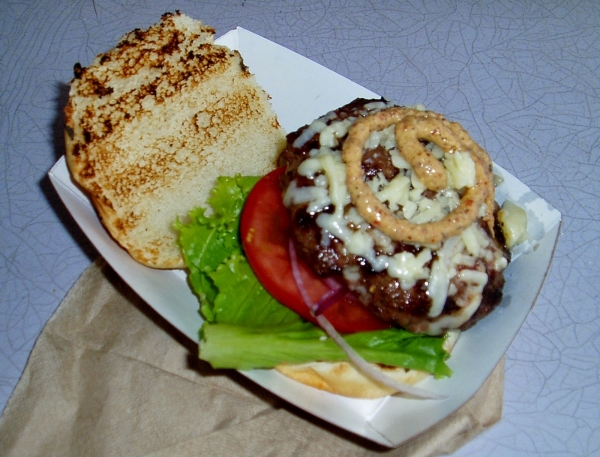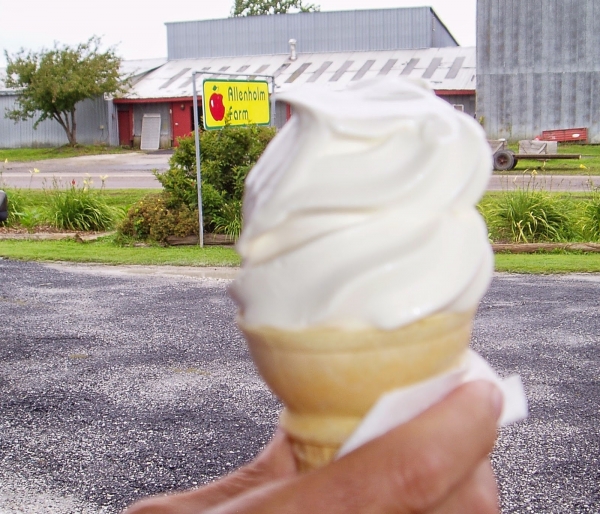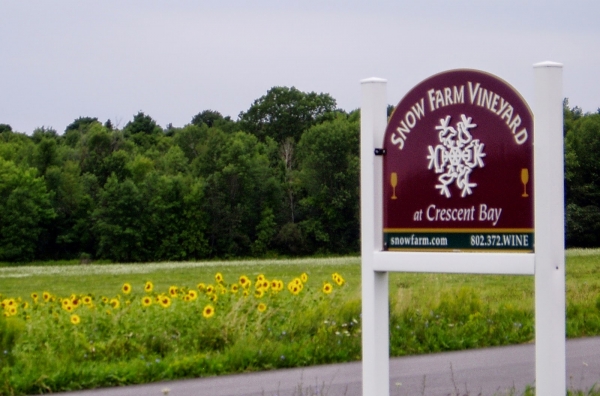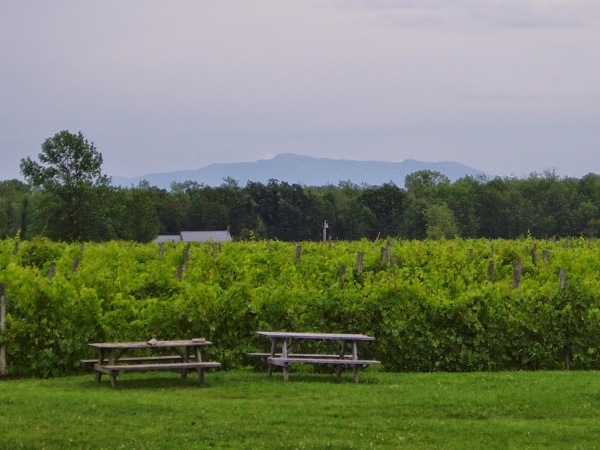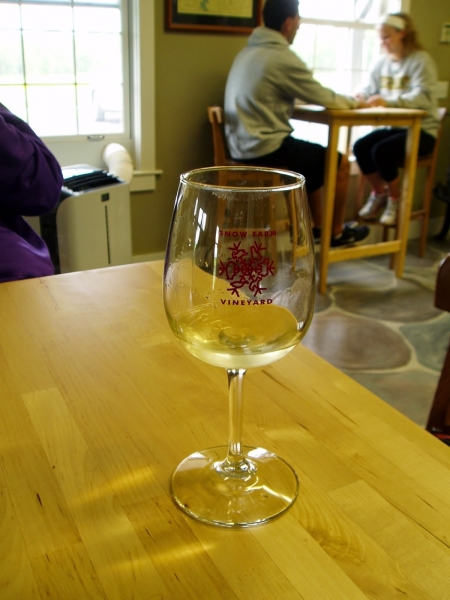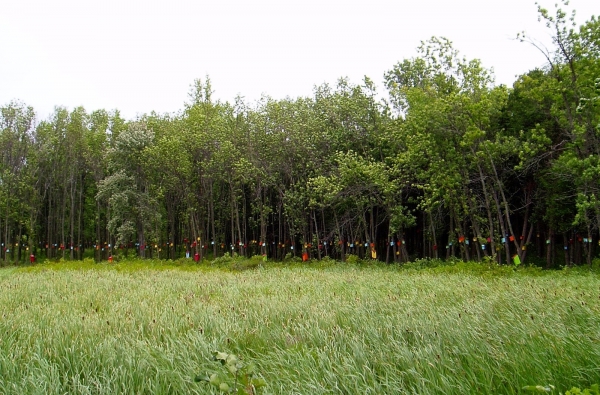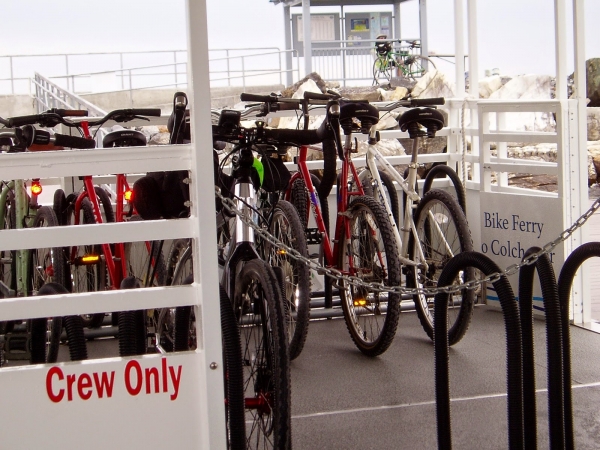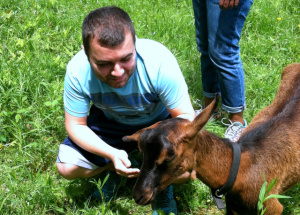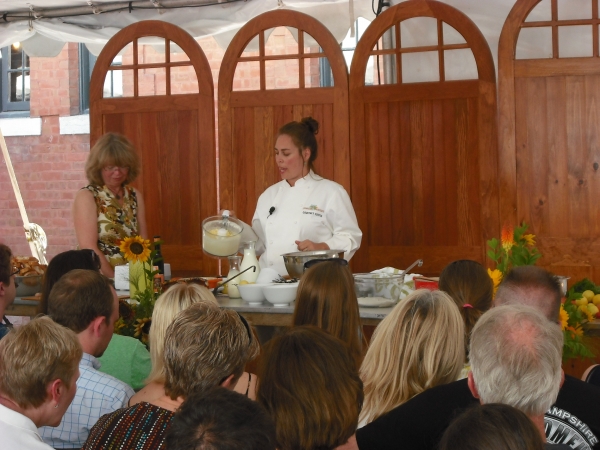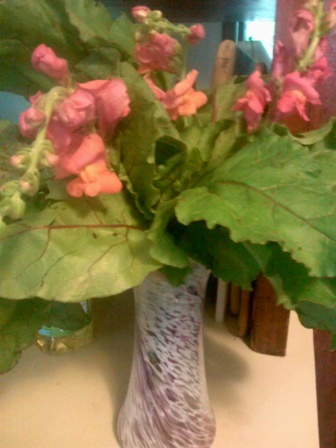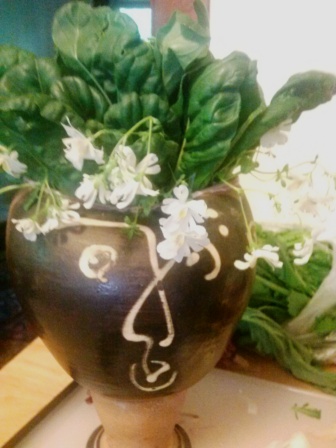Summer may be ending but it’s always the right season for a trip exploring Vermont’s delicious cheese. Read this cheese adventure here and then make your own!
A cow named Dizzy munches on buttercups, a goat named Isabelle ruminates under the shade of an old oak tree; in Vermont, the rolling green pastures are shadowed only by the cheeses that its distinct flora promotes.
With all the marvelous European cheeses we carry, tasting through terroirs of France, Italy, Switzerland or Portugal can sometimes make it hard to remember that, here in New England, a slice of the Old World exists right on our doorstep. While Europeans are upholding some of the most important cheese traditions, Vermont’s cheese makers and affineurs (cheese agers) are bursting with creativity, blending European and American traditions with some truly extraordinary results.
Earlier this summer I awoke in a strange bed; the rattling in my head reminding me that I might have had one too many pints of beer the night before. I was at Consider Bardwell Farm, the first of several stops on a trip visiting the people and animals behind some of our favorite Vermont cheeses. My coworkers and I had been welcomed at the farm the previous evening with a feast spread by our gracious hosts and farmer friends. Now I scrambled to get dressed and greet the sun, which was just breaking through the clouds over the pasture.
Happy Goat at Consider Bardwell Farm
The dairy was already bustling with activity before I crossed the fields to the milking room. The goats nudged each other trying to be first in line. The heifers ran to the stalls where suction would relieve their mammaries. Everyone was awake and brimming with energy. The farmers washed the equipment and prepared the udders for milking. The goats smiled, and seemed to laugh as they noshed on coveted treats, and gave their milk.
The milk traveled through sterile tubing into large vats in the dairy. The rennet was added and the process began. Each cheese has its own recipe, its own distinct needs to present itself best to our palates. While in the dairy, time, pH, and tactile impression shape the cheese before its curds are cut. Although most of the flavor in our favorite cheeses materializes in the caves, the structure of the final product depends upon the precision of the cheese maker.
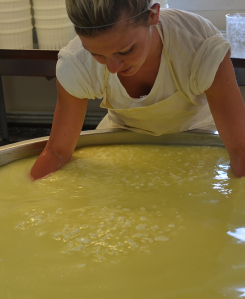
Getting the feel for the Dorset
After a tour of Consider Bardwell’s controlled aging rooms, we drove to nearby Twig Farm to meet Michael Lee and his goats. The area was more wooded, and the land appeared to be mainly untouched. Michael greeted us at the end of the driveway and promptly gave a tour of the grounds. He introduced us to many of the 64 goats he cared for. Michael had names for each, distinguished by the goat’s markings and the color of its collar.
As we toured his land, and moved the fences to expand the pasturing area, Michael astounded us with his knowledge of the flora and the goats’ affinity for particular plants. He explained the nuances that particulars in diet bring to the flavor and structure of his famed tommes. In his cave he enjoyed watching the milk evolve. He embraced the micro cultures, molds, and yeasts that spawn delicious cheese. Twig Farm is small, Michael does the farming, cheese making and cave management himself with only an occasional helper. His devotion to the craft is recognized in each of his products.
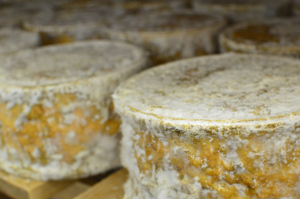
Twig Farm Fuzzy Wheel
From Twig Farm we traveled to Blue Ledge Farm, renowned for their Lake’s Edge and fresh chèvre. It was late in the afternoon when we arrived, and we had already missed the cheese maker. A young dog ran up to greet us near the barn. Hannah was right behind him. She took us down into their cave. There curds for chèvre drained in baskets along steel tables dripping with whey. In the next room, Lake’s edge rested covered in ash.
Next on my itinerary was Jasper Hill Farm, and the Cellars at Jasper Hill. In the pastures, on the way to the Cellars, we met Dizzy. She was munching on grass and wildflowers in a field just down the road from the barn. Jasper Hill’s cows spend much of the day ruminating in the gorgeous pastures on along the hills.
We passed the barn and dairy and continued up the road to the caves. This massive underground facility was unimposing, just a door into the hillside. Matteo opened the door and welcomed us into the cellars. Vince, our guide, and former Formaggio Kitchen monger, acquainted us with the many arms of the facility. One was devoted to raw milk bloomy rind cheeses, one to alpine style washed rinds, the largest arm was reserved for Cabot Clothbound Cheddar. The affineurs care for cheeses from a variety of neighboring dairies. Regular turning, washing, and tasting wheel after wheel is required by the cave managers to provide the best product possible.

Affineur washing Alpha Tolman
After a fascinating visit at the Cellars at Jasper Hill we made our way to Cobb Hill. Cobb Hill is co-housing community who’s residents manage a vegetable farm and dairy, and create delightful cheese as well as frozen yogurt. We were given snacks of Ascutney Mountain, Cobb Hill’s signature alpine cheese and maple frozen yogurt; it was perfect on a hot summer afternoon.
I had one final stop. I was running out of time but needed still to visit Spring Brook Farm: Farms for City Kids. Here they are dedicated to educating children and impressing upon them the need for sustainability. With 100% Jersey cow’s milk the farmers create award winning cheeses like the Spring Brook Tarentaise. I was introduced to the copper kettle envied by many, and after visiting their cheese caves I took some time to wander the beautiful landscape, and pat a calf or two.
It was an incredible journey through the Vermont countryside; reflective of life ruled by the sun, the seasons, and a sincere commitment of neighbors to the highest standards of quality, community, and sustainability.

Future producer of Tarentaise
Nicole Roach is a keen kitchen experimenter and a member of the produce, register, and operations teams at Formaggio Kitchen Cambridge.
Source: Dig in VT Trails

